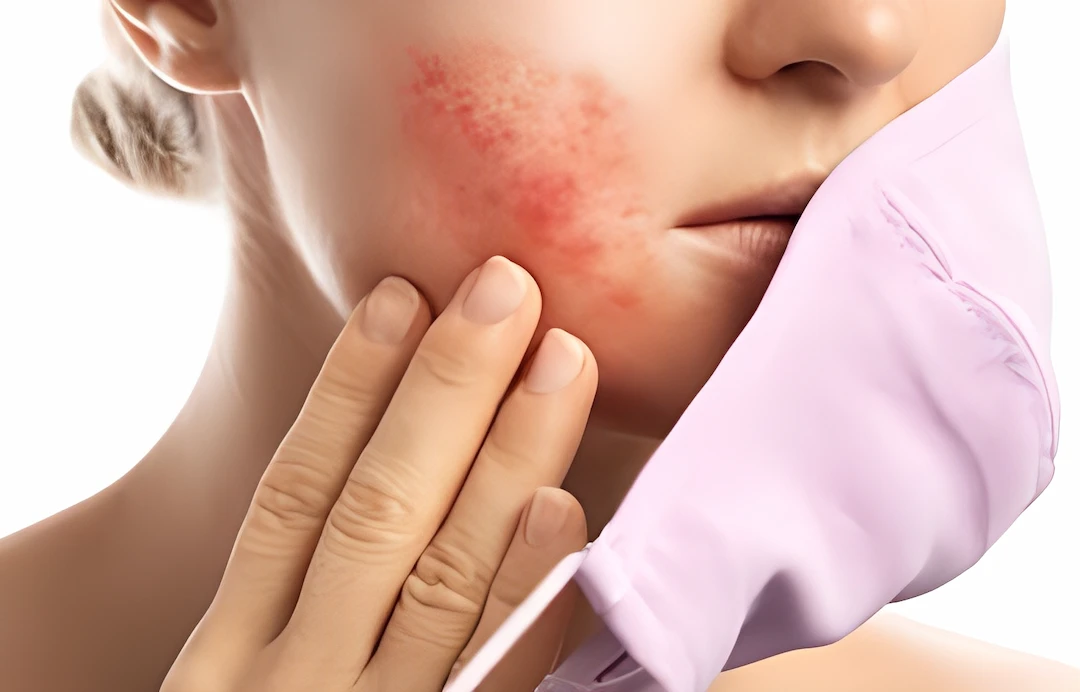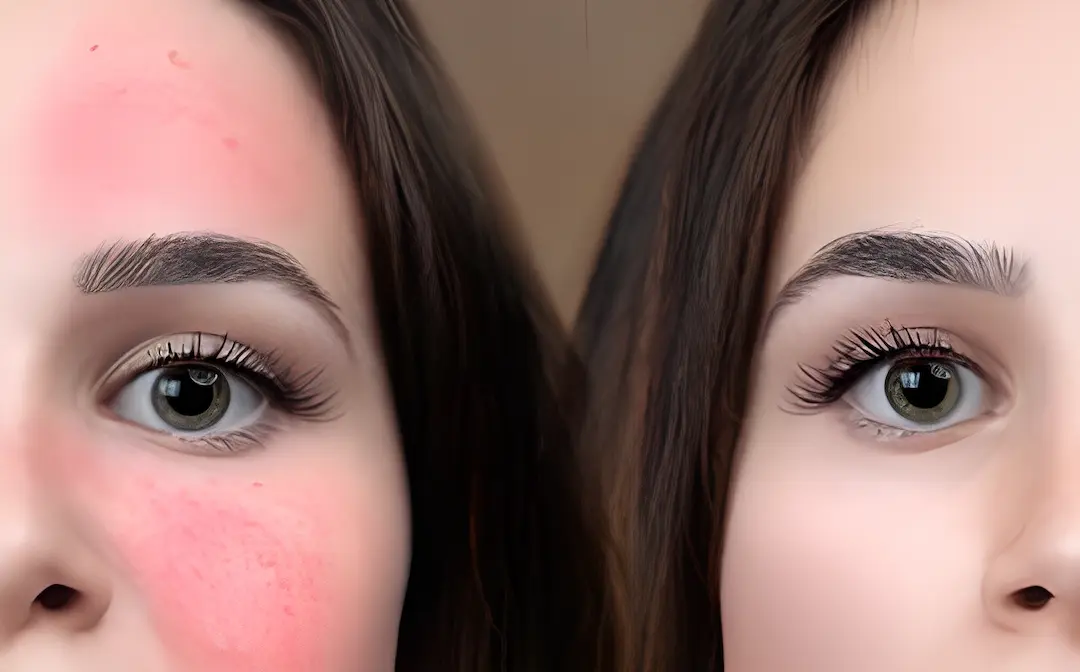Perioral dermatitis is a skin condition characterized by red, inflamed bumps around the mouth and sometimes around the nose and eyes. It can be uncomfortable and visually concerning, making the identification of signs perioral dermatitis is healing critical for those affected. This comprehensive guide will explore the signs that indicate healing and provide insights into the management of this condition.

Understanding Perioral Dermatitis
Before diving into the signs perioral dermatitis is healing, it’s essential to understand what perioral dermatitis is. Various factors, including prolonged use of topical steroids, certain skincare products, or environmental factors, can trigger this inflammatory rash. Its symptoms commonly include redness, itching, and small bumps around the mouth.
The First Sign: Reduction in Redness
One of the earliest signs perioral dermatitis is healing is a noticeable reduction in redness. Initially, the affected area may appear bright red and inflamed. As the condition starts to improve, this redness typically fades, signaling that the inflammation is reducing.

Decrease in Skin Irritation
Another key indicator among the signs perioral dermatitis is healing is diminished skin irritation. The affected skin may become less itchy and sensitive, a welcome relief for many sufferers. This reduction in irritation is a positive sign that the skin is recovering and returning to its normal state.
Improvement in Skin Texture
As healing progresses, an improvement in skin texture becomes evident. The skin may feel smoother and less bumpy as the small pustules or papules characteristic of perioral dermatitis start to disappear. This smoother texture is a clear indication among the signs perioral dermatitis is healing.
Reduction in Flakiness and Dryness
Flakiness and dryness around the affected area are common symptoms of perioral dermatitis. One of the encouraging signs perioral dermatitis is healing is when the skin becomes less flaky and dry, indicating that the skin barrier is repairing itself.
Decreased Swelling
Swelling or puffiness around the lesions is another symptom of perioral dermatitis. As the condition heals, there should be a noticeable decrease in swelling, further indicating that the body is successfully fighting the inflammation.
Less Frequent Flare-ups
During treatment, the frequency and severity of flare-ups should gradually decrease. While occasional flare-ups may occur, a general trend towards fewer and less severe episodes is among the positive signs perioral dermatitis is healing.
Understanding and Managing Flare-ups
While identifying healing signs is important, it’s also crucial to understand and manage potential flare-ups. Flare-ups can occur due to various triggers, including stress, hormonal changes, or certain skincare products. Recognizing these triggers and learning how to manage them is a key part of the healing process.
Conclusion
Recognizing the signs perioral dermatitis is healing is an essential aspect of managing and overcoming this skin condition. Key indicators such as reduced redness, decreased irritation, improved skin texture, reduced flakiness, and fewer flare-ups can provide reassurance and guide further treatment. It’s important to maintain a consistent skincare routine and consult a dermatologist for personalized advice.
FAQs
How long does it usually take for perioral dermatitis to show signs of healing?
The healing process for perioral dermatitis varies depending on the severity and individual response to treatment. Some time improvement in weeks and sometime in months.
Can perioral dermatitis heal without treatment?
While mild cases of perioral dermatitis might improve without treatment, seeking medical advice is recommended. Untreated perioral dermatitis can persist or worsen over time.
Are there any specific skincare products that should be avoided during healing?
Avoiding harsh, irritating skincare products, especially those containing steroids, heavy creams, and certain fluoride toothpaste, is advisable. Using mild, non-comedogenic products is generally recommended.
Can diet affect the healing of perioral dermatitis?
While there’s no specific diet for healing perioral dermatitis, a balanced diet, staying hydrated, and avoiding known food triggers can contribute positively to the skin’s health.
Should makeup be avoided while perioral dermatitis is healing?
It’s advisable to limit the use of makeup around the affected area, as some products can irritate the skin and slow down the healing process. If makeup is necessary, non-comedogenic and hypoallergenic products are preferred.
